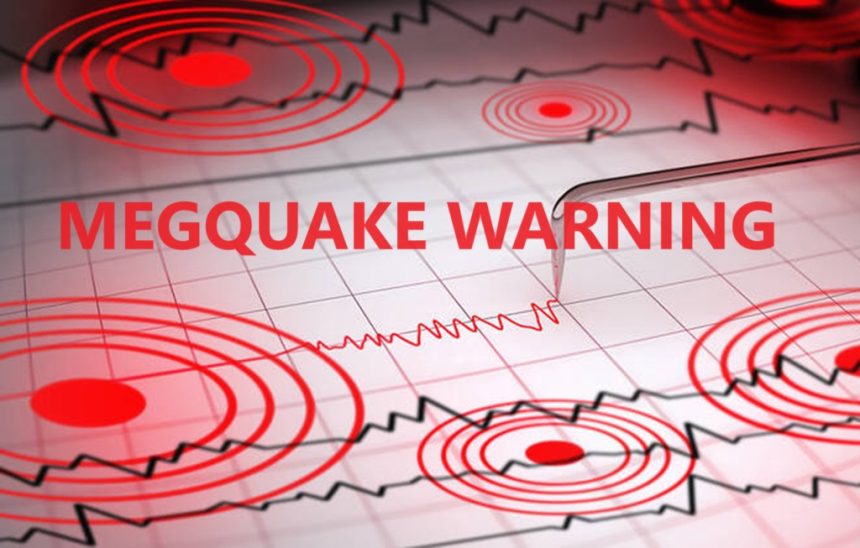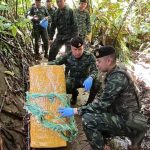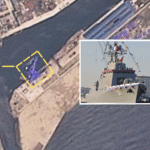Following Thursday’s magnitude 7.1 earthquake, Japan’s prime minister, Fumio Kishida, has cancelled a travel to central Asia this weekend after specialists advised that the danger of a “megaquake” occurring off the country’s Pacific coast has raised.
Following a tsunami warning on Kyushu, the southernmost main island, the Japan Meteorological Agency on Thursday issued its first-ever warning of the likelihood of a major earthquake along the Pacific coast. Not one death nor significant damage have been recorded.
The agency’s alert that the likelihood of a major earthquake along the Nankai Trough was higher than usual does not guarantee that a quake will surely strike in the next days. Kishida’s abroad vacation was cancelled, according public broadcaster NHK, so he could be ready for any scenario.
The megaquake advisory of the meteorological office cautioned that “if a major earthquake were to occur in the future, strong shaking and large tsunamis would be generated.”
High Risk fro Megaquake
It further said: “The likelihood of a new major earthquake is higher than normal, but this is not an indication that a major earthquake will definitely occur during a specific period of time.”
The caution relates to the Nankai Trough “subduction zone” in the Pacific Ocean between two tectonic plates where past major earthquakes have occurred.
From Shizuoka, west of Tokyo, the 800-kilometer (500-mile underwater trough runs to the southern tip of Kyushu and has been the scene of severe earthquake of magnitude 8 or 9 every 100 to 200 years.
Often occurring in tandem, these so-called “megathrust quakes” have unleashed lethal tsunamis down the southern coast of Japan, one of the most seismically active nations on Earth.
Apart from automated warnings that a quake could occur within seconds, government experts believe there is a 70% to 80% chance of a megaquake measuring size 8 or 9 happening around the trough in the next 30 years according to Kyle Bradley and expert on Southeast Asian Ring of Fire.
With some estimates of a financial impact as high as $13 trillion, the catastrophe would kill 300,000 people in the worst-case scenario.
Southern Japan Struck By Magnitude 7.1 Earthquake














